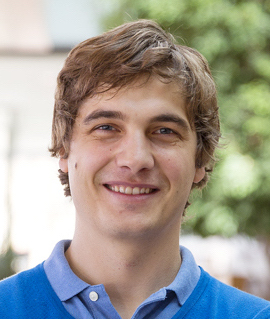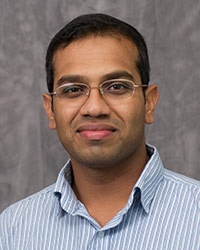Loris D’Antoni,  University of Wisconsin-Madison
University of Wisconsin-Madison
The power of symbolic automata and transducers
Symbolic automata and transducers extend finite automata and transducers by allowing transitions to carry predicates and functions over rich alphabet theories, such as linear arithmetic. Therefore, these models extend their classic counterparts to operate over infinite alphabets, such as the set of rational numbers. Due to their expressiveness, symbolic automata and transducers have been used to verify functional programs operating over lists and trees, to prove the correctness of complex implementations of BASE64 and UTF encoders, and to expose data parallelism in computations that may otherwise seem inherently sequential. In this paper, we give an overview of what is currently known about symbolic automata and transducers as well as their variants. We discuss what makes these models different from their finite-alphabet counterparts, what kind of applications symbolic models can enable, and what challenges arise when reasoning about these formalisms. Finally, we present a list of open problems and research directions that relate to both the theory and practice of symbolic automata and transducers.
Mayur Naik, University of Pennsylvania
Maximum Satisfiability in Software Analysis: Applications and Techniques
A central challenge in software analysis concerns balancing different competing tradeoffs. To address this challenge, we propose an approach based on the Maximum Satisfiability (MaxSAT) problem, an optimization extension of the Boolean Satisfiability (SAT) problem. We demonstrate the approach on three diverse applications that advance the state-of-the-art in balancing tradeoffs in software analysis. Enabling these applications on real-world programs necessitates solving large MaxSAT instances comprising over 10301030 clauses in a sound and optimal manner. We propose a general framework that scales to such instances by iteratively expanding a subset of clauses while providing soundness and optimality guarantees. We also present new techniques to instantiate and optimize the framework.